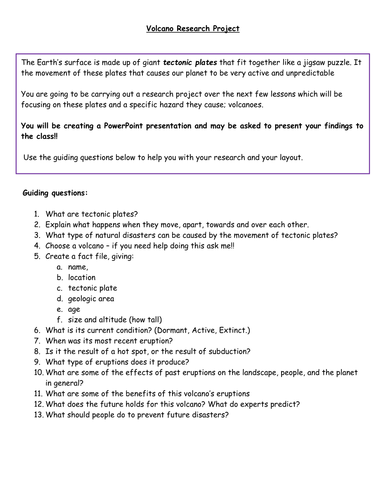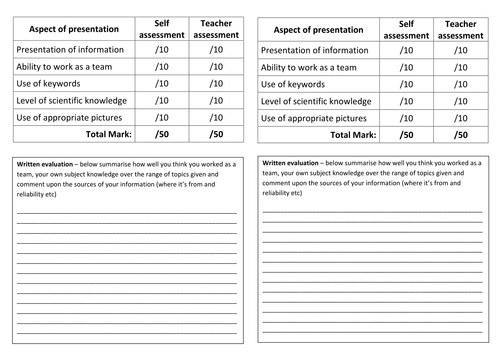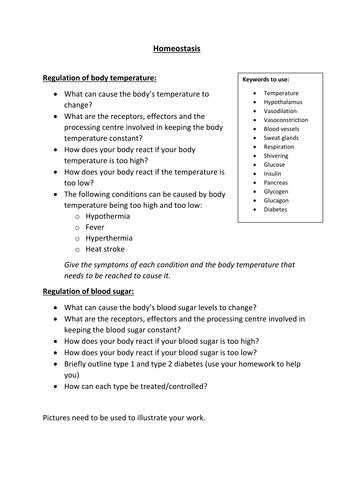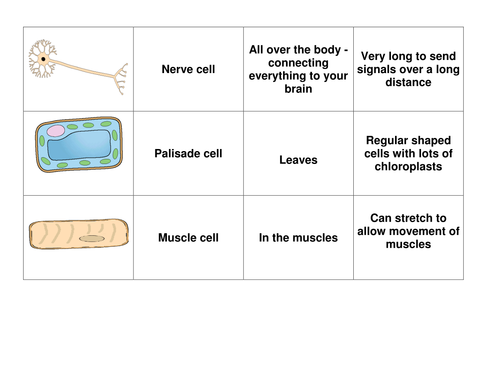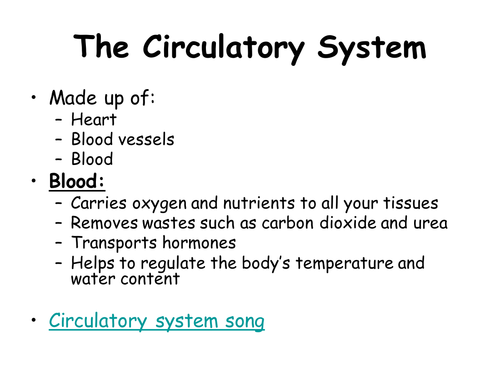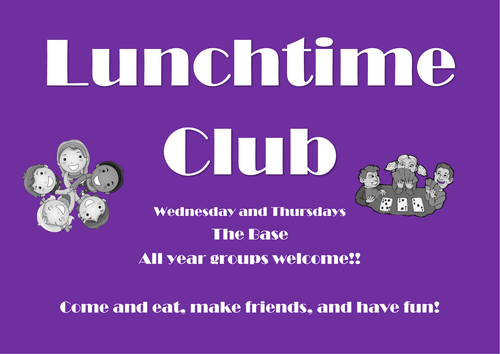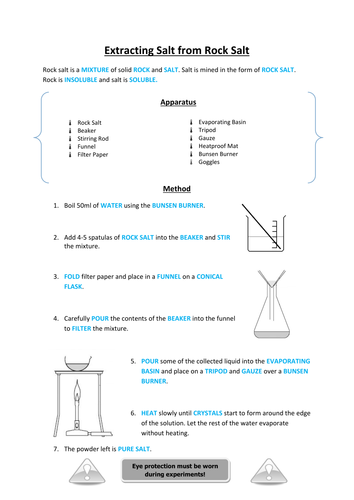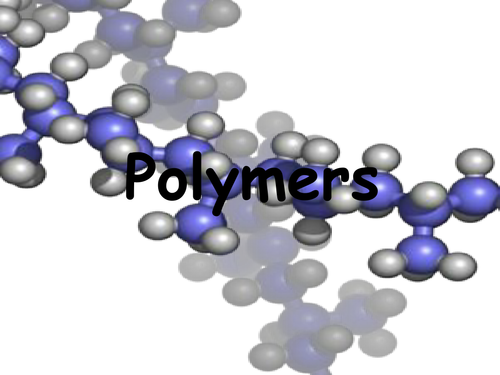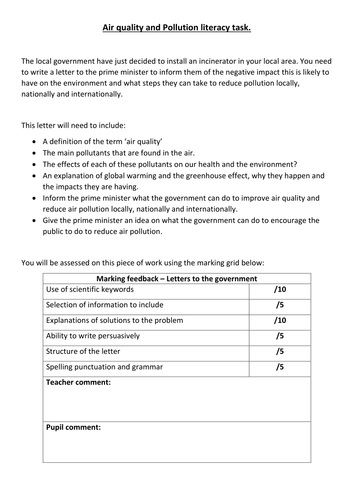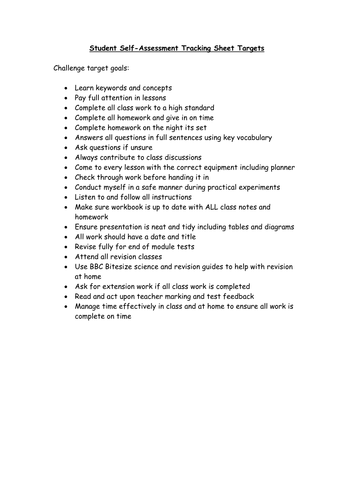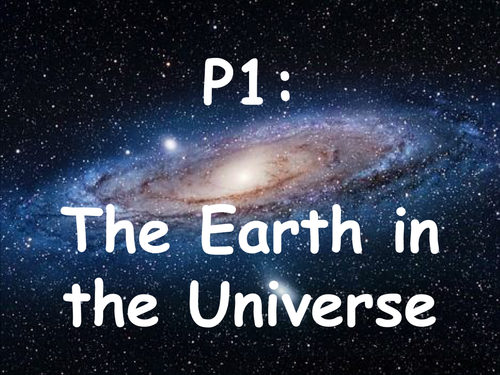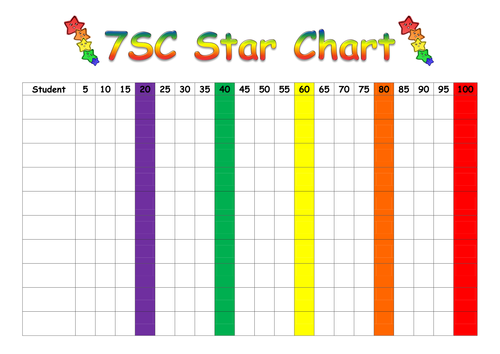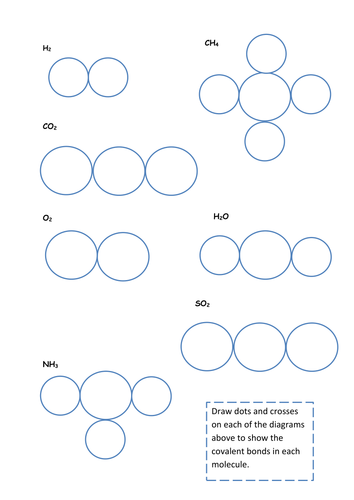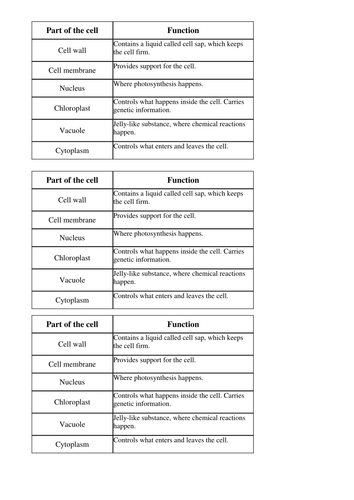
91Uploads
53k+Views
3k+Downloads
All resources

Volcano Research project
Designed for a computer room lesson or homework project - promotes independent learning.

Head of Year mentor meeting record
Head of Year mentor meeting record - helps to log discussions with key pupils. Drop down menus that can be edited to suit your setting

Peer assessment sheet - oral presentations/poster presentations
Peer assessment sheet - oral presentations/poster presentations.
Can be printed on a different colour paper and stuck into exercise books providing students with feedback from their peer group.

Homeostasis research task
Ideal for a cover lesson or computer room lesson.
Cover regulation of temperature and blood glucose
Questions to answer and keywords to support.

Exit Tickets (Plenary)
Exit tickets that can be used as a great plenary for any lesson.
3 editable tickets
1. Write down one fact you have learnt from today’s lesson
2. Write down one question you have following today’s lesson
3. Write down something that really interested you this lesson
Shows dialogue between student and teacher once stuck into exercise books.

Cell Structure and Function Starter - Year 7
Cell Structure and Function Starter - Made for year 7 but can be used with any KS3

Circulatory System
explain what is meant by a double circulatory system
2. understand that the blood carries glucose molecules and oxygen to the muscles, and waste products such as carbon dioxide away from muscles
3. relate the components of the blood to their functions, including:
a. red blood cells – transport oxygen
b. white blood cells – fighting infections
c. platelets – blood clotting at injury sites
d. plasma – transporting nutrients (e.g. glucose and amino acids), antibodies, hormones and waste (carbon dioxide and urea)
4. understand how red blood cells are adapted to their function, limited to:
a. packed with haemoglobin (to bind oxygen)
b. no nucleus (more space for haemoglobin)
c. biconcave shape (increased surface area for oxygen exchange)
5. describe and name the main structures and blood vessels of the heart including the left and right atria and ventricles, vena cava, aorta, pulmonary vein, pulmonary artery, coronary arteries and valves
6. describe the function of valves in the heart and veins
7. understand how tissue fluid is formed in capillary beds and that it assists the exchange of chemicals by diffusion between capillaries and tissues, to include oxygen, carbon dioxide, glucose and urea.

Salt extraction practical activity
Method to follow for KS3/4 pupils to extract salt from rock salt
Extension questions to answer when practical is completed

Peer assessment recording sheet
Can be printed on another colour paper and stuck into students books once feedback has been given to them by their peers.

Air pollution literacy assessment task
Letter writing task including assessment criteria and feedback grids to print and stick in students books following marking of task

Student self assessment targets
List of targets pupils can choose from to narrow down their focus for improvement. Designed to be used with a tracking sheet/feedback form.

The Earth in the Universe
PowerPoint with lessons planned out to cover P1 (OCR) can be adapted and used with KS3 and other exam boards and new spec.

Form star chart
Star chart tracker used with my year 7 form.
Each colour reached receives rewards and phone calls home.

Covalent Bonding worksheet
Empty shells of popular molecules drawn ready for students to add dots and crosses to.
Great starter or plenary activity.

